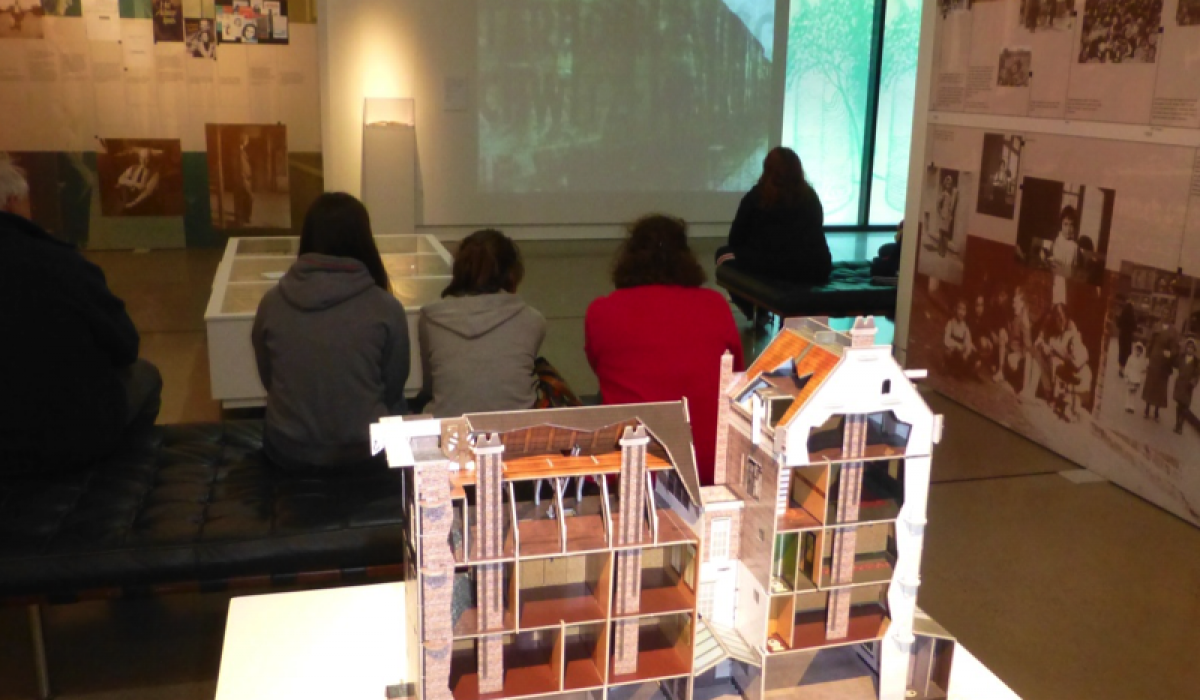Whether decorating a Christmas tree is a celebratory family occasion, a seasonal compliment to your home’s colour scheme, or a hassle to erect before the in-laws arrive, it’s just one of the aspects of Christmas we rarely choose to do without.
Living rooms, foyers and shopping centres are adorned with them. But what significance does the tree hold in its branches?
This year, Two Men and a Truck’s activities have expanded beyond relocating homes and offices, including charity and community work and sponsoring the Anne Frank Exhibition in Australia.
Through these activities, we’ve come to realise the importance of these tall living structures that have continuously provided fresh air, shelter, fruit and colour to us humble human beings.
The tradition of the Christmas tree has German roots and supposedly stems from Protestant reformer Martin Luther in the 16th century. Back then it was always an evergreen tree (not a plastic one) that signified ongoing life – a similar concept to the Easter egg.
Early on, Christmas trees would bear gifts in the forms of fruit and nuts, amid customs of giving presents and feasts with family and friends to accompany celebrations of the birth of Christ.
The colour red – that also surfaces in all things Christmas – represents the fire of the spirit. Delving into the history of the Christmas tree brought our attention to the Lebanese flag. Red, white and green with a cedar tree in the middle – which could easily suffice as a Christmas tree.
Red signifies blood shed in war for freedom, white symbolises peace, while the tree represents steadiness and mortality.
Steadiness and mortality is what a chestnut tree meant to Anne Frank, a Jewish girl living in Amsterdam during the Second World War. When she was 13, the Nazis infiltrated the streets of Europe, arresting Jewish people and sending them to death camps.
Anne and her family went into hiding in a secret space of an office building in the middle of Amsterdam. Here they stayed hiding for two years. Meanwhile, she kept a diary that has become a symbol of World War II history and the tragedy of the Jewish Holocaust, which saw the deaths of 5 million Jews, including 1.5 million children.
While in hiding, her only window to nature looked out to the chestnut tree. She wrote about this tree in her diary.
“The two of us looked out at the blue sky, the bare chestnut tree glistening with dew, the seagulls and other birds glinting with silver as they swooped through the air, and we were so moved and entranced that we couldn’t speak,” she wrote in 1944.
Eventually her whole family, except her father, were found and sent to the death camps. Later, Anne Frank’s father Otto Frank spoke about how important the tree was to his daughter.
“She longed for it when she felt like a bird in a cage. Only the thought of the freedom of nature gave her comfort,” he said.
Trees give us a freedom to which we’re sometimes oblivious. They unconditionally offer the air we breathe (let’s hope the carbon tax doesn’t interfere), fruit, colour, materials and shelter. They also provide nostalgia, support and comfort… as we have discovered this year.
Two Men And A Truck is a major sponsor for the Anne Frank Exhibition which begins in Australia in February. It opens in Melbourne before embarking on a tour of Australia, including regional centres.
In our efforts to help organise the exhibition, which has already been to 55 countries, we have been piecing together some Australian resources relevant to Anne Frank’s story.
We have interviewed and produced some videos including a Holocaust survivor living in Australia, and also two Aboriginal women who were victims of the stolen generation.
Their story has many parallels with Anne Frank’s story and also gives us a chance to reflect on social tragedies and human rights issues in our own recent history.
Coincidentally, Aunty Val and Aunty Rita have also taken comfort in these magnificent living objects during their times of suffering and hope.
Aunty Rita talks about the spirit of the gum tree and the spirit of the eagle. They give them strength. In some Aboriginal legends, gum trees are also believed to have a link to heaven because they reach up to the skies.
“We’re both very spiritual women. And I believe for me surviving so long, it was because of my mum,” Aunty Val said.
“She was a full blooded Aboriginal person and I believe that she guided me and helped me through all this trauma.”
If trees could speak, they would have many tales to speak about the history of the patch they have overlooked for possibly hundreds of years. Underneath their canopies thrive life, nature and shelter.
But in devastation and destruction during times of war and natural tragedy, they have no choice but to endure. And they do. They just keep standing through it all, giving oxygen, fruit and flowers.
No wonder we find comfort and respect in their strength and immortality.






